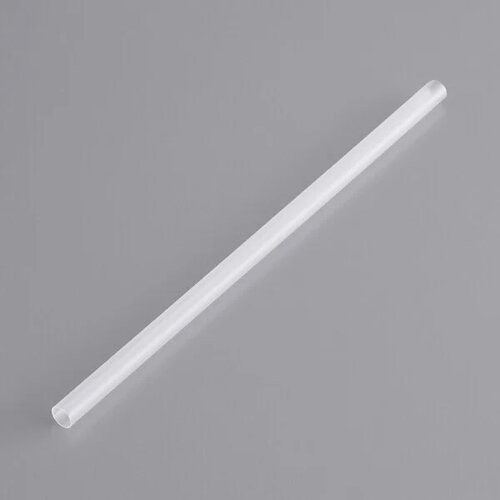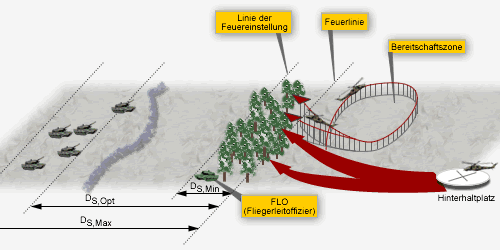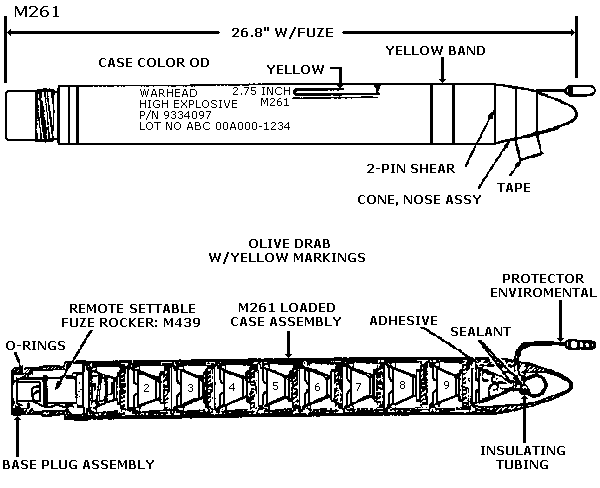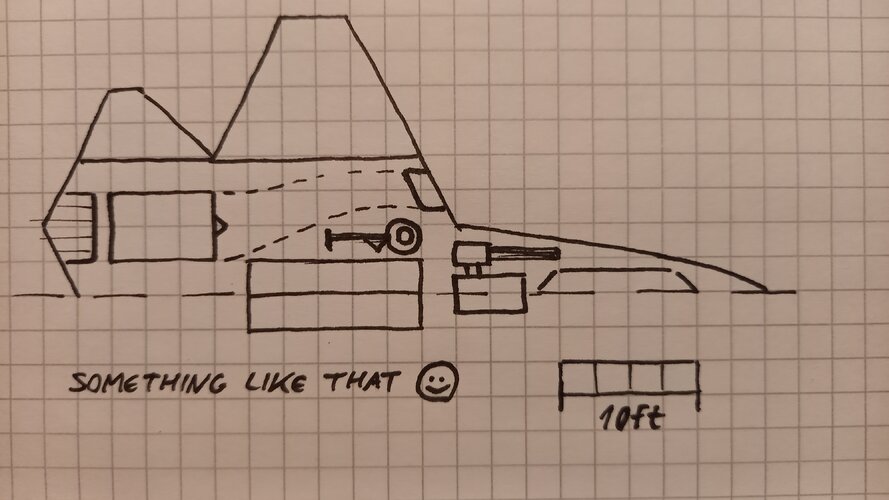Scott Kenny
ACCESS: USAP
- Joined
- 15 May 2023
- Messages
- 11,531
- Reaction score
- 14,115
Exactly. The F-35 and/or B-21 will do the strike and recon behind the lines.@Scott Kenny First you need to answer the question “What effect(s) are you trying to achieve?”
The A-10 was designed to autonomously find & destroy armored vehicles, close to front lines where it could be shot at by Manpads and 23mm canon. It was not designed for strike or reconnaissance behind enemy lines.
How available are those tools, compared to A10s some 25 miles (~5-6min out) behind the front lines? Also, note that my proposed bird is significantly faster than the A-10, so being 50 miles out would still mean being 5-6 minutes away.It could also be used for Close Air Support but as @red admiral says today troops on the ground (whether 1st or 2nd echelon) have many options for guided fires that can destroy a target much faster than waiting for a pair of A-10s to be vectored in.
IIRC, arty is roughly a 2-3 minute call from request to splash. That gives about 2 minutes of arty chewing on the targets before the A-10s arrive, with 1min for deconfliction clearance. Aircraft don't like being in the same airspace as 155mm fire.
Yes, that's true, though with more Loyal Wingman options I could see the A10 Replacement being the Drone Wrangler. Gonna have to be a 2 seater, though.Likewise, drones of all kinds are very able to find & destroy armored vehicles these days. And being attritable they can even do some deep reconnaissance (though jamming of comms link can be a problem).
I see the F-35 getting that role, honestly.Finally if the goal is to penetrate some distance at low altitude behind enemy lines to do armed reconnaissance, perhaps helicopters operating at night with ALE-style munitions are going to be even more successful given their ability to stop/hide.
Looks like Loyal Wingman drone wrangler directly over the front lines, with additional capacity to also strike targets there. Or vice versa, we can argue about which set of missions gets priority later.So what mission are we really talking about that can’t be done by other existing assets?
Key West requires UNARMED fixed wing aircraft for the Army. The USAF blocked the Army from flying M60-armed OV1 Mohawks.I'll just repeat it again, we have an aircraft designed specifically for this mission that can be modified or "fudged" to fit under Key West in the Scaled Composites ARES.
And all the Ares was designed to do was to see if a fully composite structure could survive the recoil of a 25mm cannon. It can. There's no tooling existing for making more, and the thing flies on a 50 year old engine design that gives it a thrust to weight ratio of less than 0.5:1 at MTOW.
If you want the Army to fly it, it needs to have about half the wingspan of the ARES, no more than 20ft. That will let it land on a road cut into a forest, or one with pasture fences on both sides, instead of needing a dedicated airfield.
And you'd still need to modify Key West to allow the Army to fly armed fixed wings, probably under 10klbs MTOW.











